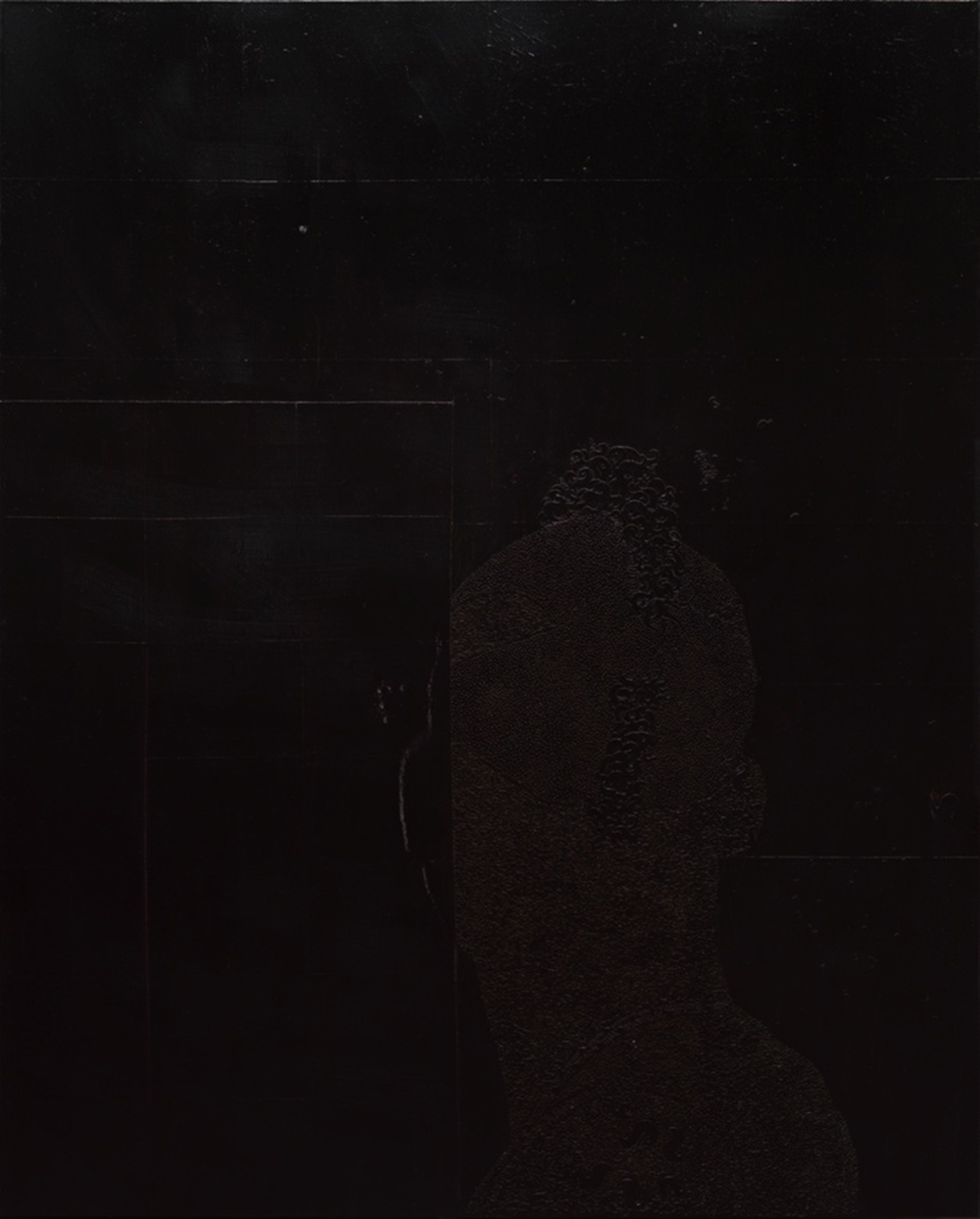Clement Greenberg, Art and Culture: Critical Essays (Beacon Press, 1961), 18; Huey Copeland, Bound to Appear: Art, Slavery, and the Site of Blackness in Multicultural America (University of Chicago Press, 2013), 10–11.
Copeland, Bound to Appear, 10–11.
Darby English, How to See a Work of Art in Total Darkness (MIT Press, 2007), 5.
Hortense Spillers, Black, White, and in Color: Essays on American Literature and Culture (University of Chicago, 2003), 85.
Spillers, Black, White, and in Color, 207.
Karl Marx and Frederick Engels, The Communist Manifesto: A Modern Edition (1848; Verso, 1998), 38.
Fredric Jameson, The Modernist Papers (Verso, 2007), xix.
Caroline Levine, Forms: Whole, Rhythm, Hierarchy, Network (Princeton University Press, 2015), 3. Emphasis in original.
Levine, Forms, 9.
Anna Kornbluh, The Order of Forms: Realism, Formalism, and Social Space (University of Chicago Press, 2019), 2, 3.
Peter Osborne, “Notes on Form,” in Thinking Art: Materialisms, Labours, Forms, ed. Peter Osborne (CRMEP Books, 2020), 160.
Kornbluh, Order of Forms, 168n13, 14.
Theodor W. Adorno, Aesthetic Theory, trans. Robert Hullot-Kentor (1970; Continuum Books, 1997), 6. While my method is not dialectical materialist per se, I share the Marxian interest in the material relations that are expressed (and obscured) in (the fetishism of) aesthetic forms. However, my method finds a deeper philosophical intimacy with black critiques of form and formalism, which have witnessed a flowering in the academy in recent years but which are also part and parcel of a diverse intellectual tradition that is coterminous with the history of the diaspora and that is as much in evidence in vernacular traditions as it is in scholarship. Within the contemporary scholarly iterations of the black critique of form, theorists such as Calvin Warren stress that the modern world must be understood as formalization, and that antiblack violence both subtends and is effectuated through the order of forms. C. Warren, “The Catastrophe: Black Feminist Poethics, (Anti)form, and Mathematical Nihilism,” qui parle 28, no. 2 (December 2019).
Warren, “The Catastrophe,” 357. Warren is here referring to David Marriott’s thinking and phraseology in “The Perfect Beauty of Black Death,” Los Angeles Review of Books, Philosophical Salon, June 2017 →.
Denise Ferreira da Silva, “1 (life) ÷ 0 (blackness) = ∞ − ∞ or ∞ / ∞: On Matter Beyond the Equation of Value,” e-flux journal, no. 79 (February 2017) →.
Da Silva, “1 (life).”
Warren, “The Catastrophe,” 368.
Warren, “The Catastrophe,” 368.
Georges Bataille, “Formless,” in Visions of Excess: Selected Writings, 1927–1939, ed. Allan Stoekl, trans. Allan Stoekl with Carl R. Lovitt and Donald M. Leslie Jr. (University of Minnesota Press, 1985), 31.
Yve-Alain Bois, “Introduction: The Use Value of the ‘Formless,’” in Yve-Alain Bois and Rosalind E. Krauss, Formless: A User’s Guide (Zone Books, 1997), 18.
Cf. Denise Ferreira da Silva, “Toward a Black Feminist Poethics: The Quest(ion) of Blackness Toward the End of the World,” Black Scholar 44, no. 2 (2014).
Fred Moten, Black and Blur (Duke University Press, 2017), ix.
Seb Franklin, The Digitally Disposed: Racial Capitalism and the Informatics of Value (University of Minnesota Press, 2021), 5.
Excerpted from Anteaesthetics: Black Aesthesis and the Critique of Form by Rizvana Bradley, published by Stanford University Press. ©2023 Rizvana Bradley. All rights reserved.
